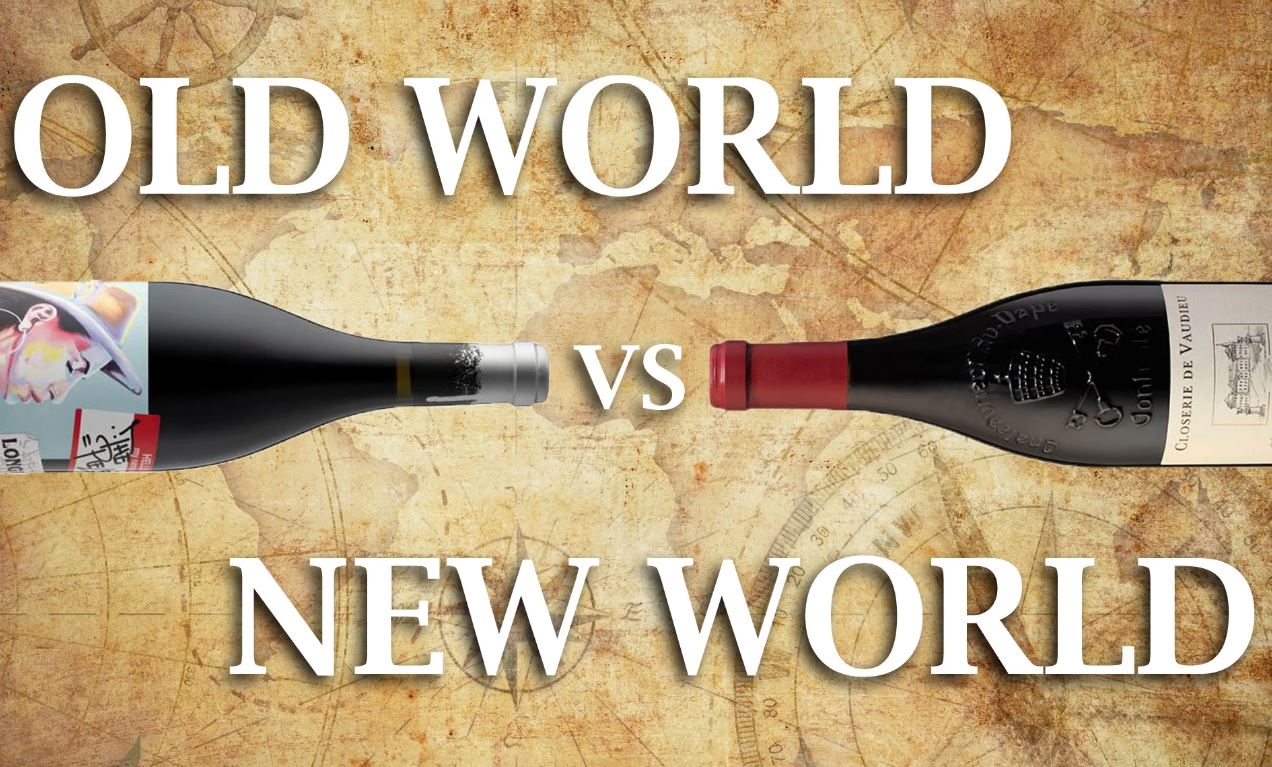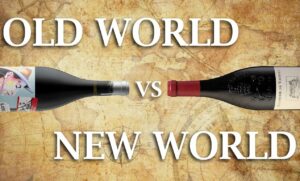
Unveiling the Secrets of Old World vs. New World Wines
Wine has always been a fascinating beverage that captivates our senses and ignites our taste buds. When it comes to wine production, the world can be neatly divided into two categories: Old World and New World wines. Understanding the differences between these two styles can allow us to appreciate and experience the richness and diversity that the world of wine has to offer. So, let’s dive in and uncover the secrets behind Old World and New World wines.

The Essence of Old-World Wines
Old World wines trace their roots back to the classic wine-producing regions of Europe, including France, Italy, Spain, and Germany. These regions have a long and storied history of winemaking, with traditions and techniques passed down through generations. The essence of Old World wines lies in their emphasis on terroir, which refers to the unique combination of soil, climate, and geography that gives each region its distinct character. Old World wines are typically described as more restrained and elegant, with a focus on complexity, subtlety, and balance. They tend to emphasize the grape varietals, acidity, and earthy, minerally flavors.
The Allure of New World Wines
On the other hand, New World wines are produced in countries outside of Europe, such as the United States, Australia, Argentina, and New Zealand. These regions started their winemaking traditions much later than their European counterparts but have quickly established themselves as formidable players in the wine industry. New World wines are known for their bold and fruit-forward characteristics, often displaying ripe, juicy flavors that are easily identifiable. They embrace the use of modern winemaking techniques, resulting in wines that are often higher in alcohol content and more fruit-driven. New World winemakers also take advantage of their freedom to experiment with various grape varieties and blends, resulting in a wide range of unique and exciting wine styles.
Terroir vs. Innovation
One of the key differences between Old World and New World wines is the approach to winemaking. Old World winemakers prioritize the concept of terroir, believing that the unique characteristics of the region should shine through in the wine. They rely on traditional production methods, such as using indigenous yeasts, aging in oak barrels, and following strict regulations that govern grape varieties and winemaking practices. New World winemakers, on the other hand, embrace innovation and modern techniques in their quest for producing wines with bold, vibrant flavors. They are more open to experimenting with different grape varieties, using stainless steel tanks for fermentation, and employing advanced technologies to enhance the winemaking process.
Pairing and Enjoyment
Both Old World and New World wines offer incredible opportunities for pairing with different types of cuisine and indulging in delightful experiences. Old World wines, with their balanced acidity and subtle flavors, are often a perfect match for traditional European dishes that highlight local ingredients and cooking methods. For example, a French Bordeaux can be a splendid accompaniment to a hearty beef stew, while a Spanish Rioja pairs wonderfully with tapas like chorizo or Manchego cheese. On the other hand, New World wines, with their bold fruit and intensity, tend to complement bold and flavorful dishes, such as grilled meats, spicy curries, or barbecue dishes.
Conclusion
Exploring the world of wine is an exciting and never-ending journey, and understanding the differences between Old World and New World wines is an essential step towards expanding your palate and finding your preferences. Whether you appreciate the elegance and complexity of Old World wines or the bold and vibrant flavors of New World wines, both styles have their unique charms and deserve to be celebrated. So, go ahead, uncork a bottle, and embark on a tantalizing adventure through the Old World and New World of wine. Cheers!


